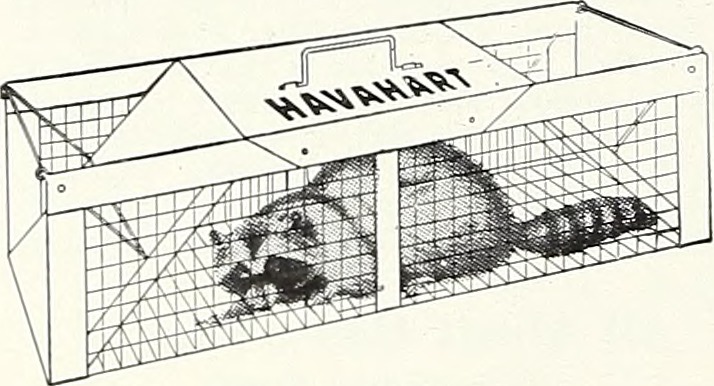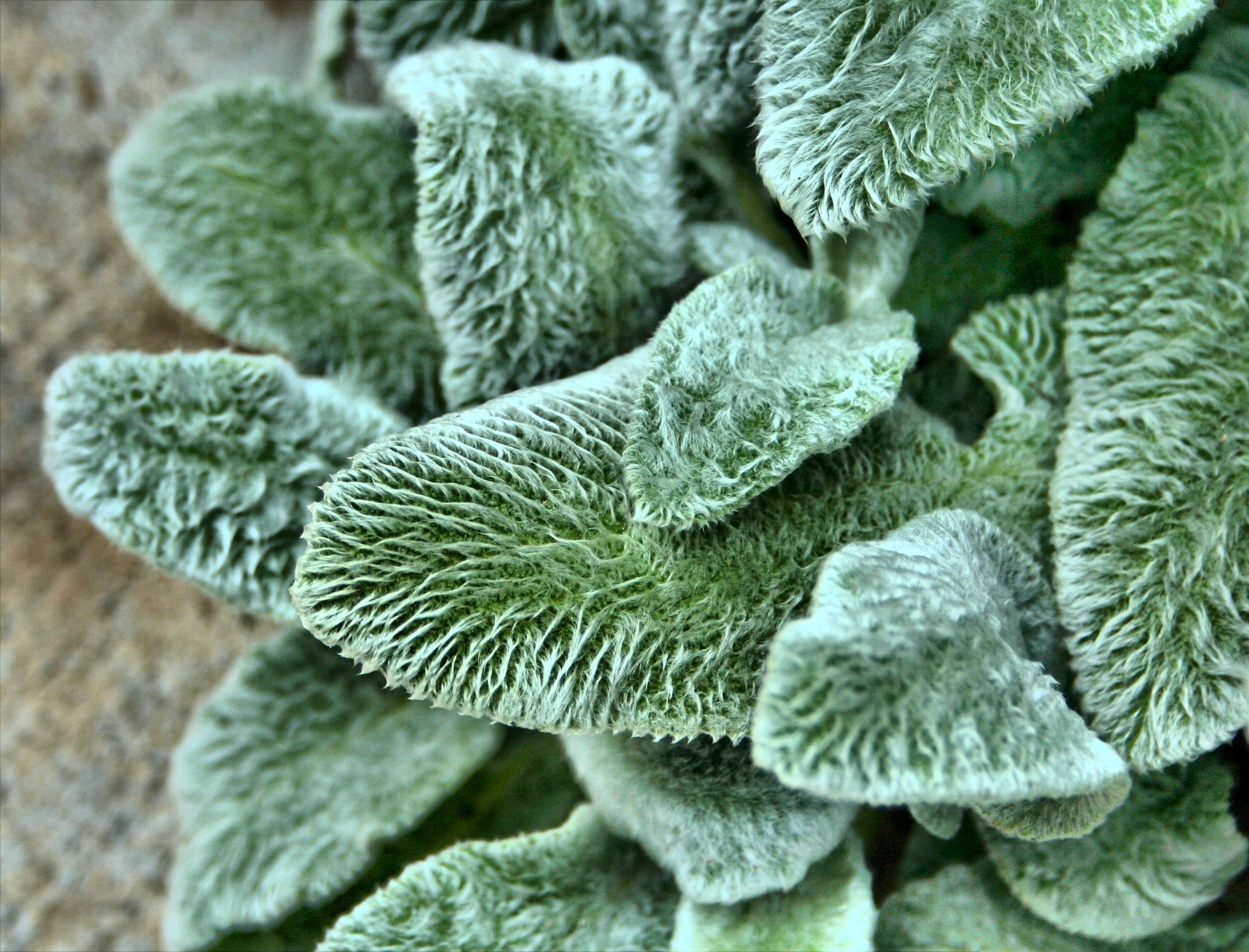For the past two weeks — ever since I planted my first round of pansies (on my third right now) — the resident urban wildlife and I have been in hand to paw combat. They are determined to devour every plant that I put in and I am determined to thwart them. Unfortunately, since my go-to solution of blood meal applications isn’t working because of the periodic rains we’ve been having, they are winning the war right now. I am going to have to employ some new strategies.
Although violence typically isn’t part of my nature, I have to admit that it has crossed my mind. I’ve even found myself at the hardware store staring at the shelf holding the poison peanuts. Luckily, the voice inside my head stopped me because poison peanuts not only kill rodents, they can be harmful for children, pets, birds and other beneficials.
Looking for more humane solutions, I headed to my “earth-friendly” sources. Each gave the traditional solutions such as:
- Build a fence
- Set a trap
- Add a motion detector sprinkler (I can foresee what would happen if I tried that!)
- Include noise-making structures
- Spread bloodmeal, coffee grounds or human hair
- Hide objects with strong scents
- Soaps
- Cotton balls soaked with predator urine
- Corn cobs soaked in vinegar
- Milorganite mulch
- Black pepper oil
- Sprinkle hot pepper flakes
- Hang dryer fabric softener sheets or spray liquid fabric softener solution
At one time or another throughout my gardening years I have tried mosl of these options. They all worked, for a time, but had to be switched out when the sneaky little garden pests figured them out. Even my fencing eventually fell prey to their determination.
There are however, several options that are more effective for controlling animal gluttony over the long-term. The most direct method to keeping animals from your yard is to simply never plant their favorite foods. Totally eliminate hostas, daylilies, pansies, impatiens and most tender, young vegetable plants as well as a host of other favorites.
Since this is not a welcome suggestion, another way to try and limit animal damage is to give the wildlife an alternative food source away from the desirable garden. When given a choice, deer and rabbits would usually rather munch on a field of clover, dandelions or even tender, succulent bluegrass than pansies. If that field of clover is located in a space that provides them some cover from predators, then they are even more likely to choose it first. If you have the space, try planting a plot out of the sight and smell of your garden and then border your desirable garden with a strong-smelling plant like mint or thyme that urban wildlife tend to avoid.
A third idea to limit wildlife consumption is to plant varieties that are unappetizing to rabbits, deer, groundhogs and other animals. Distasteful plants tend to have strong scents, bitter tastes, prickly thorns or furry foliage. They may also have thick leaves and produce sticky sap. Even though animal-resistant plants usually have one or more of these characteristics, none of them are completely animal-proof. Remember too that some undesirables are fairly toxic — that’s what makes them undesirable in the first place — and can be harmful to children and pets if consumed. Use those with caution in your garden.
Finally, some of the newest research indicates that limiting the amount of fertilizer you apply throughout the season can help control animal snacking in your yard. Excess nitrogen produces nutrient-rich, appetizing foliage. Lush vegetation is more likely to be foraged than slightly stressed plants.
I’ve included a short power point of annuals, perennials and herbs that are known to be animal pest resistant. There are of course, many others that can work just as well, especially for regions outside the Midwest. Many states also publish lists through their Departments of Conservation or Extension Services.
Making your garden animal-resistant doesn’t mean that you have to limit yourself to the plants on this list. You can still enjoy your favorites by interplanting the resistant ones with your personal favorites.
I’m hoping these suggestions help to give you some relief from the frustrating battle gardeners fight with animal damage. If you have a different solution to the problem, we’d love to hear it! We will be looking for your suggestions.










